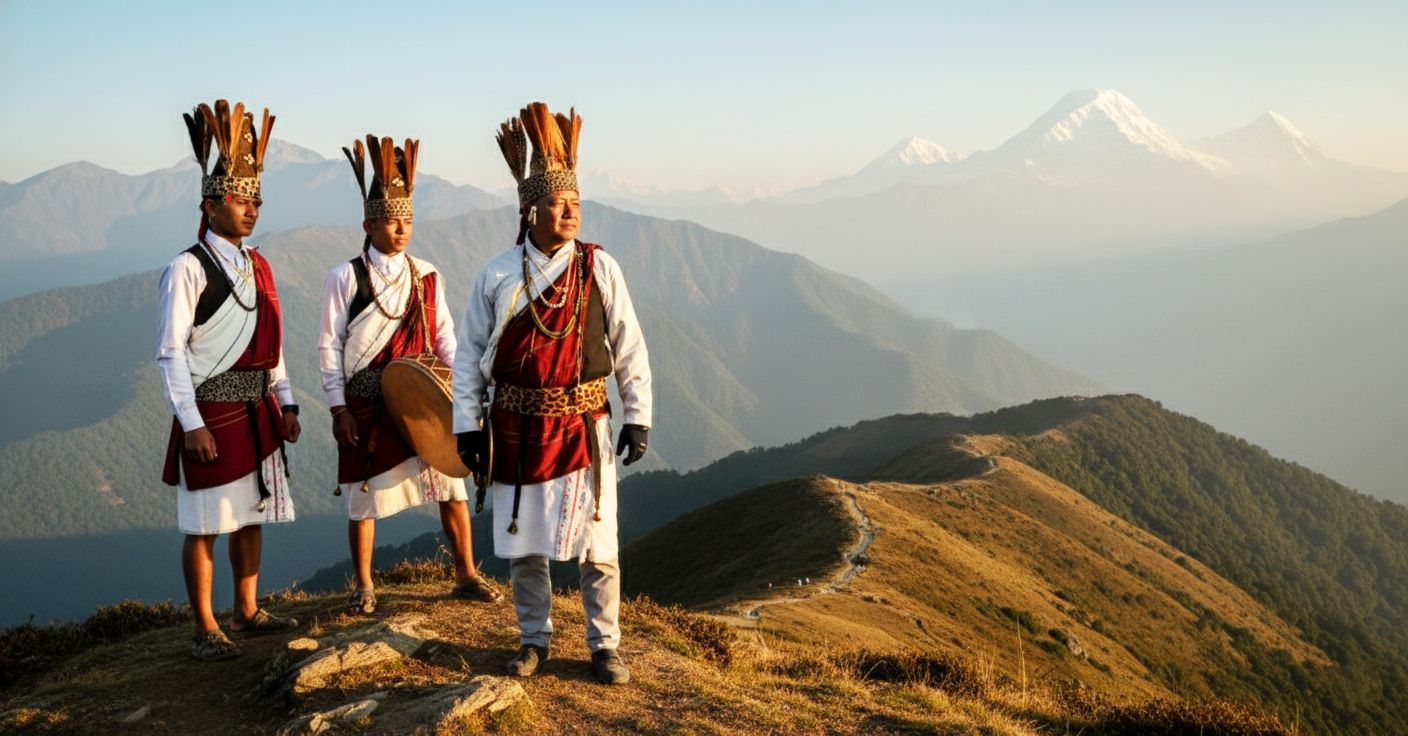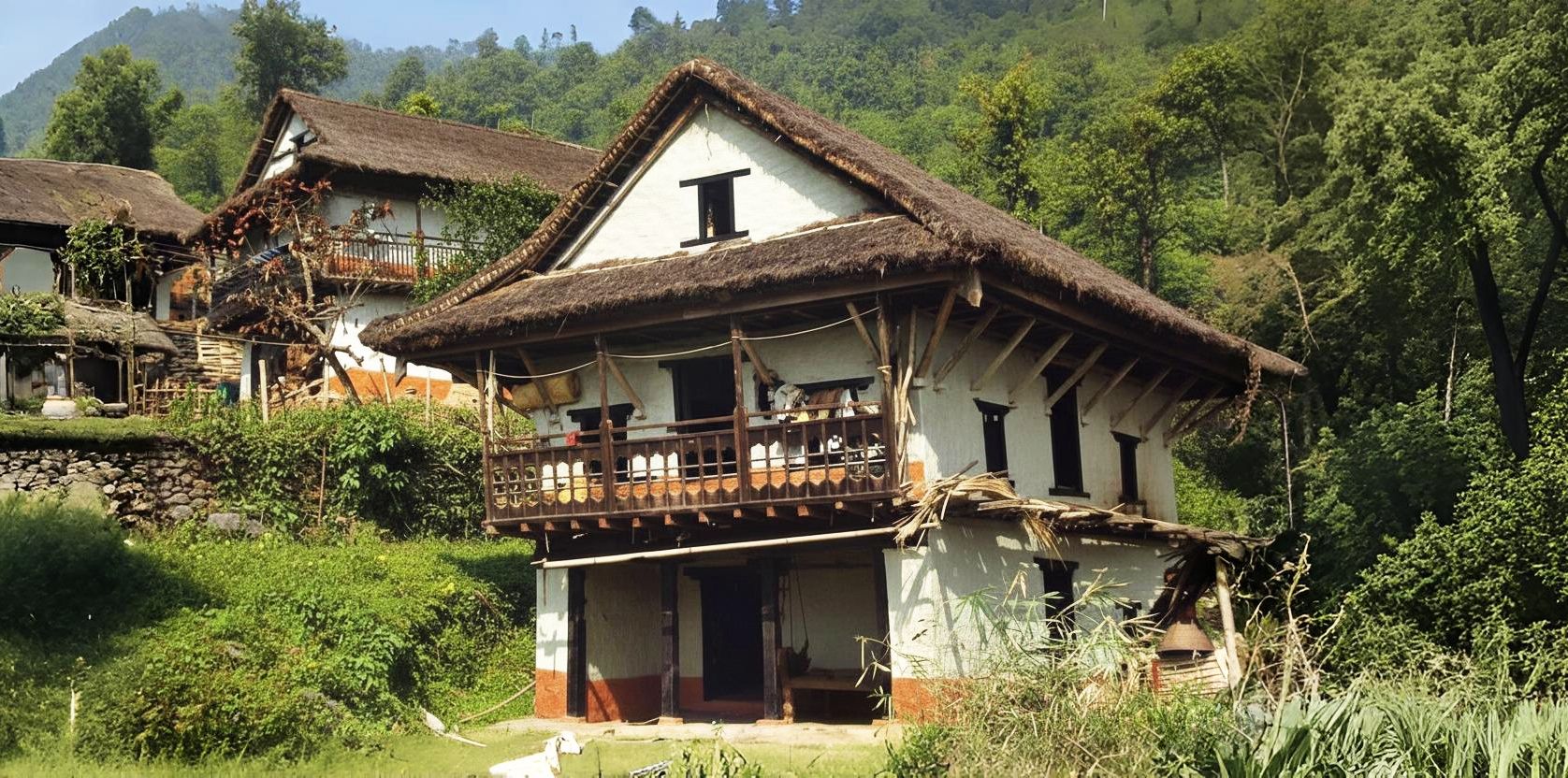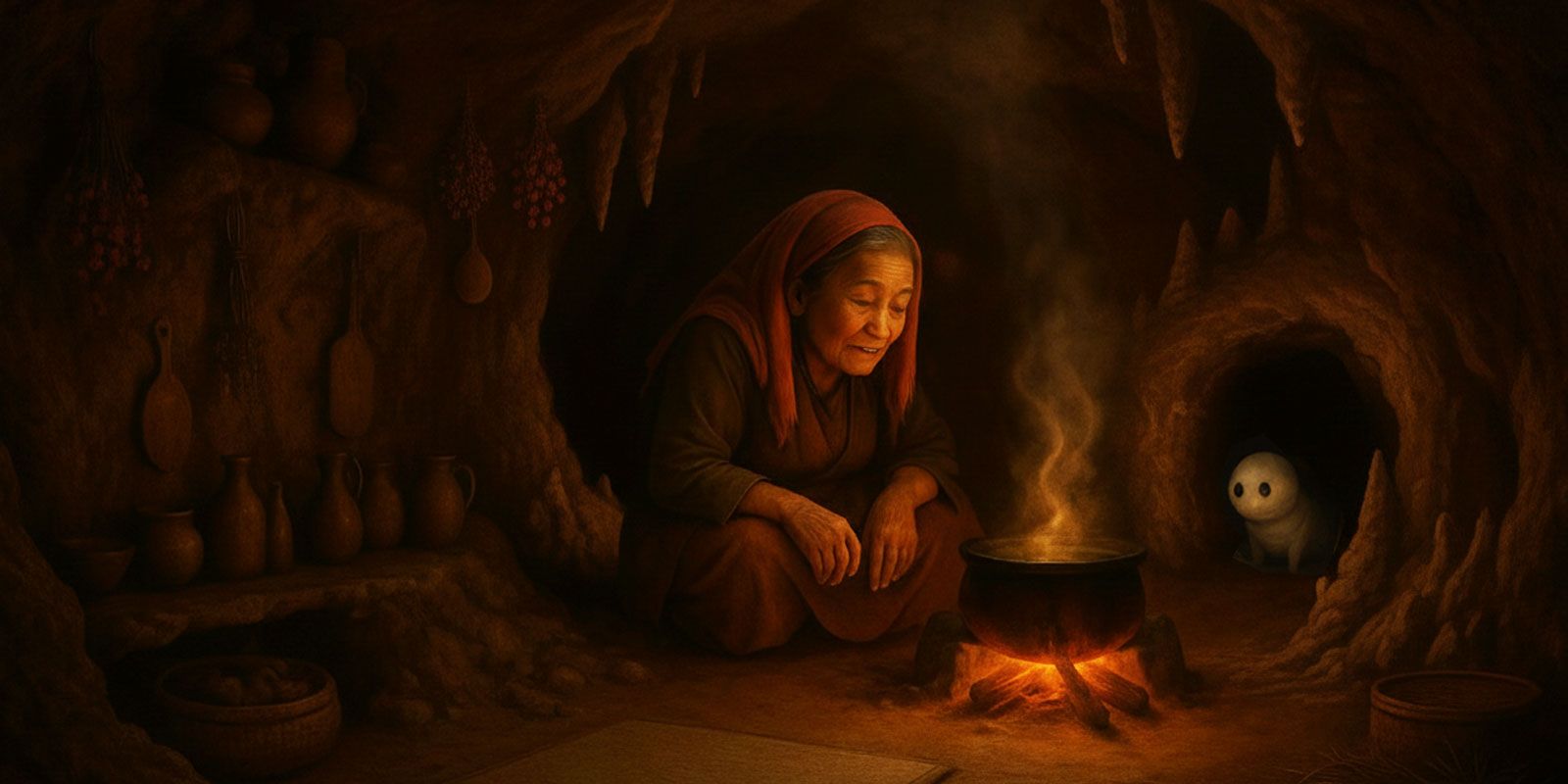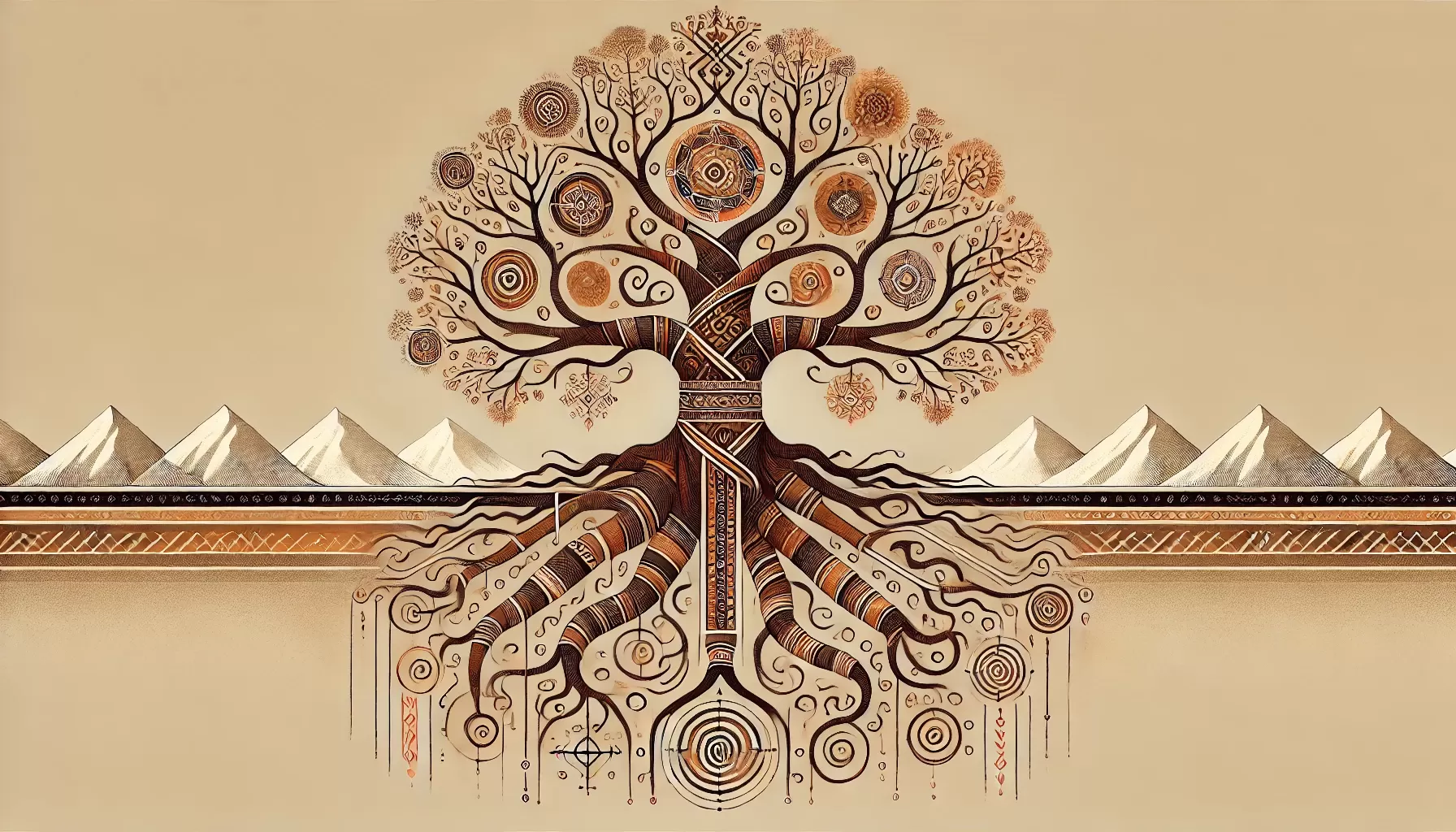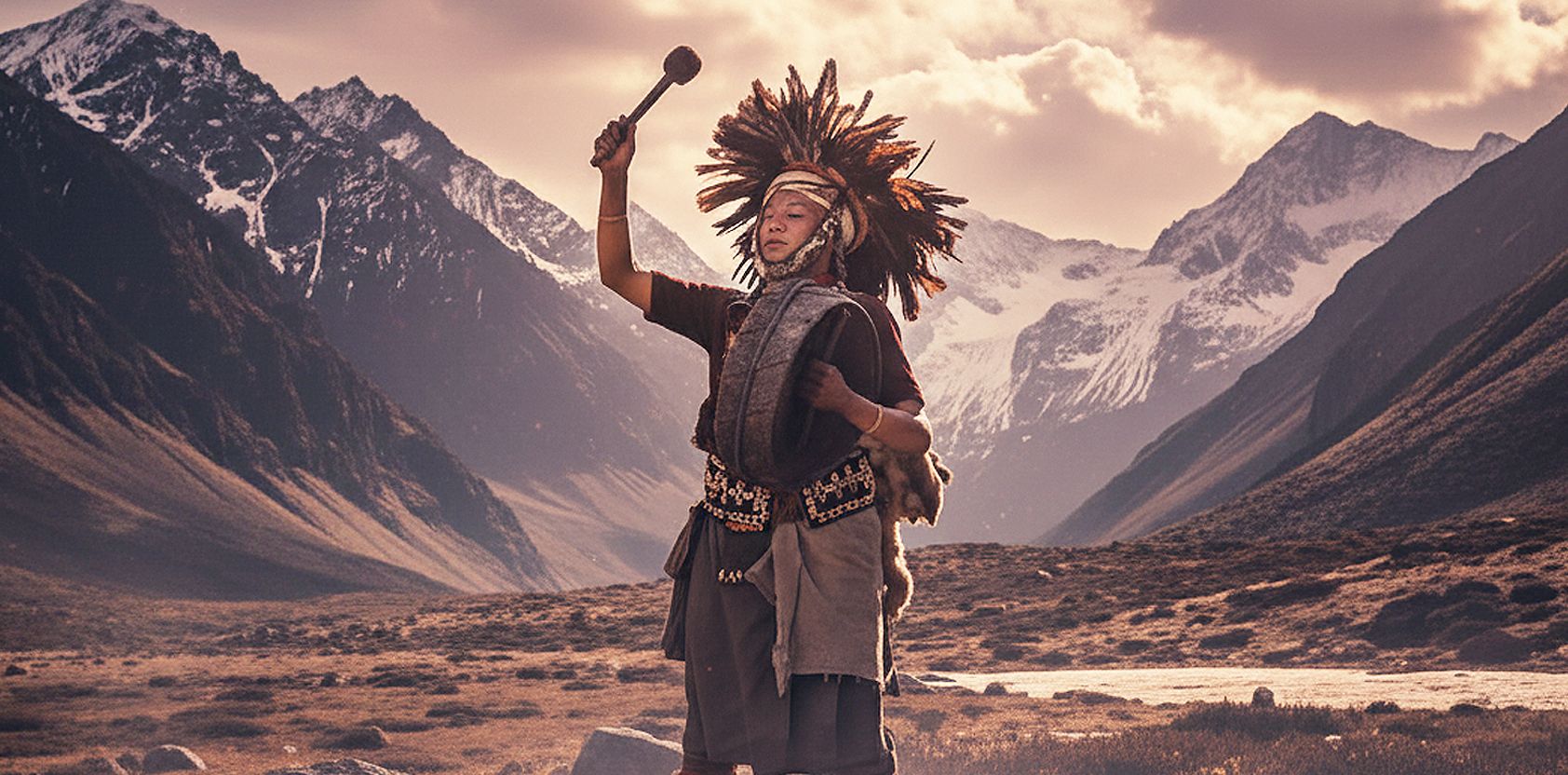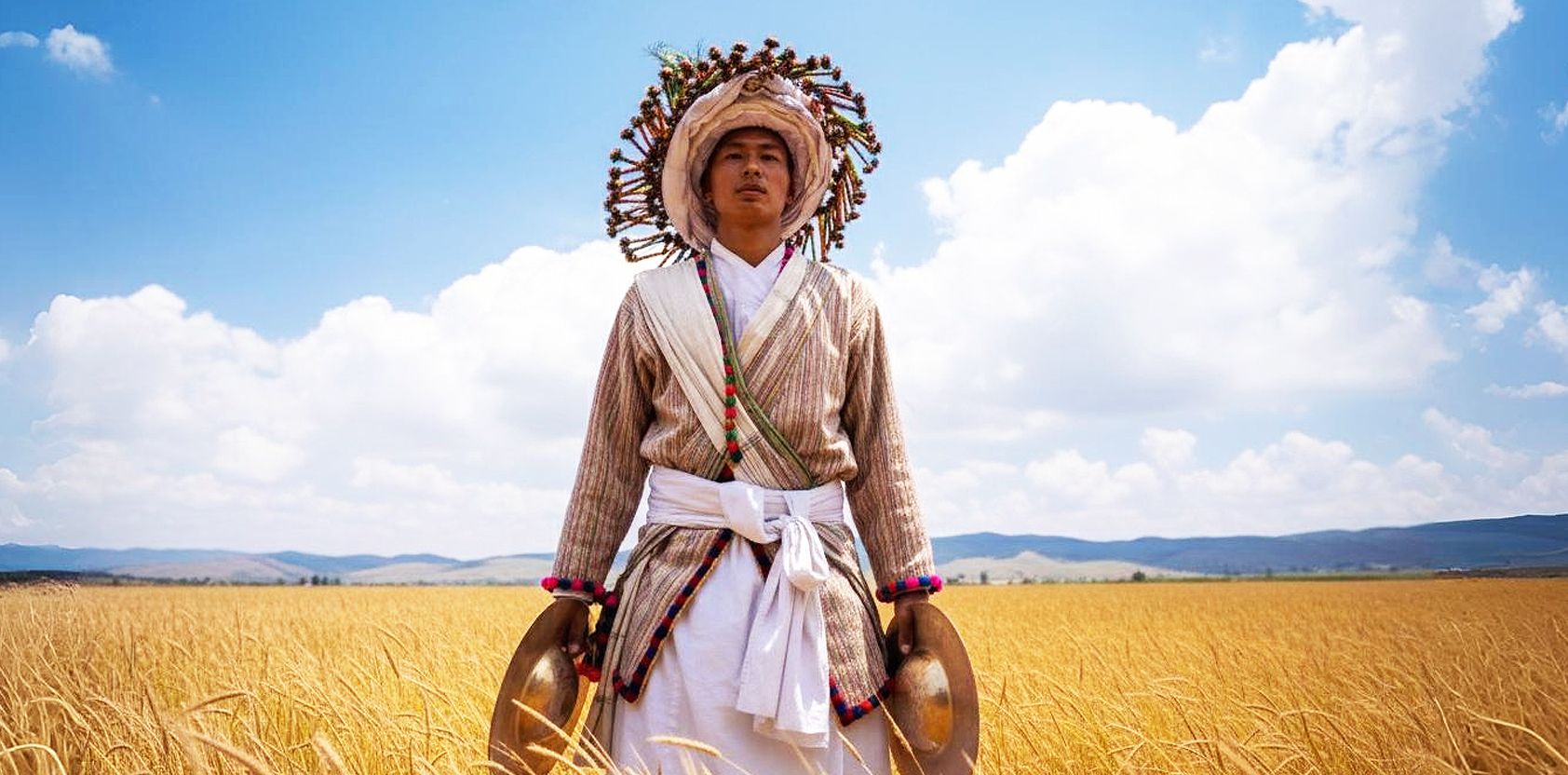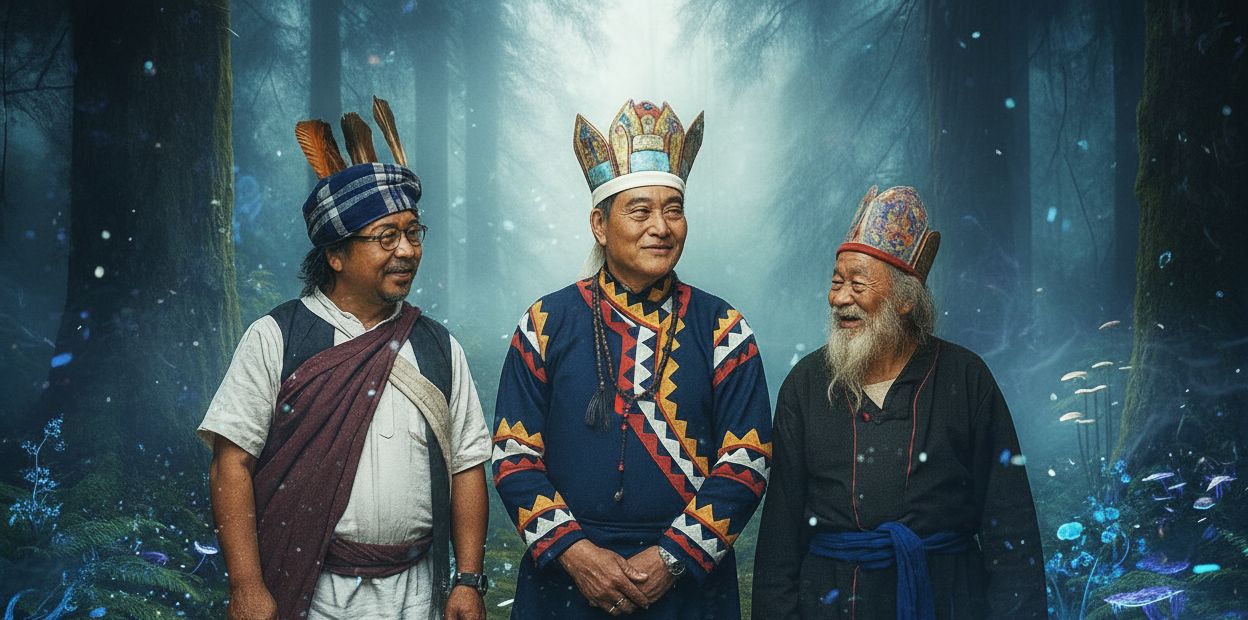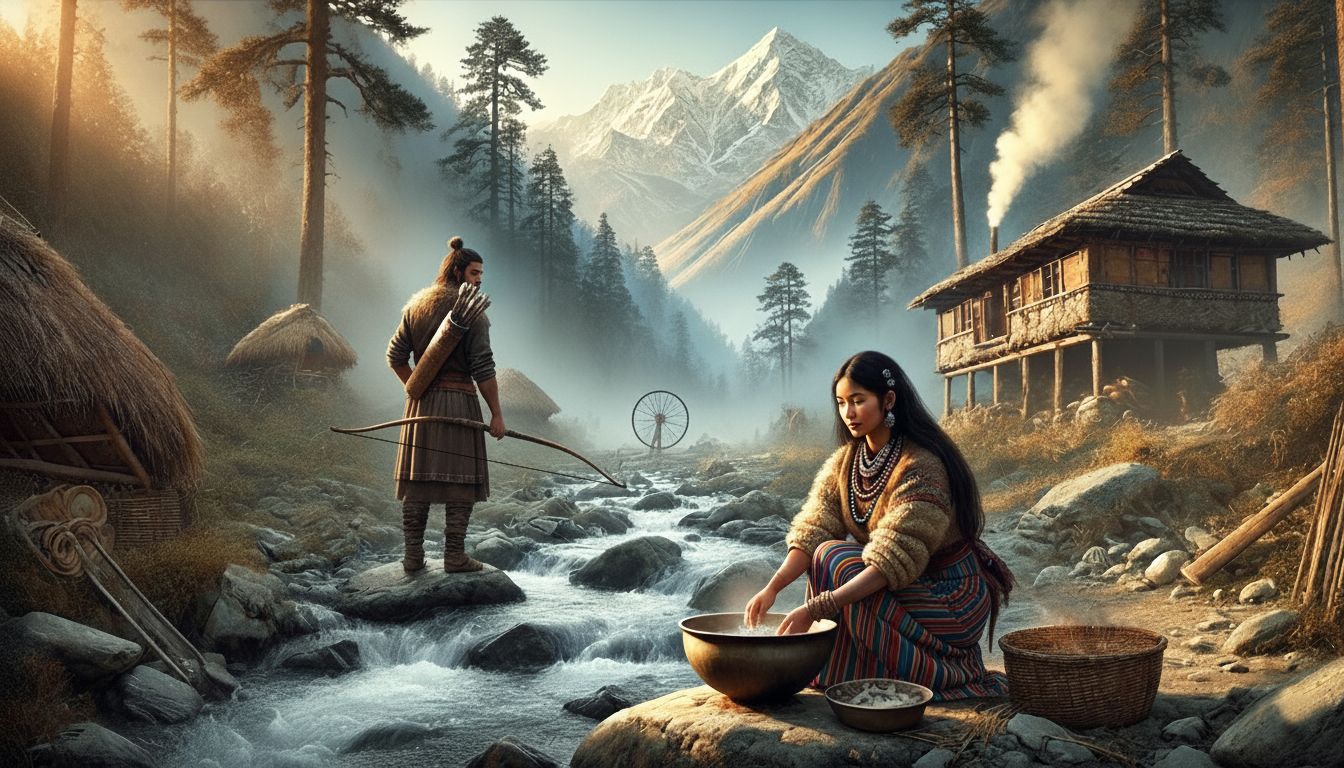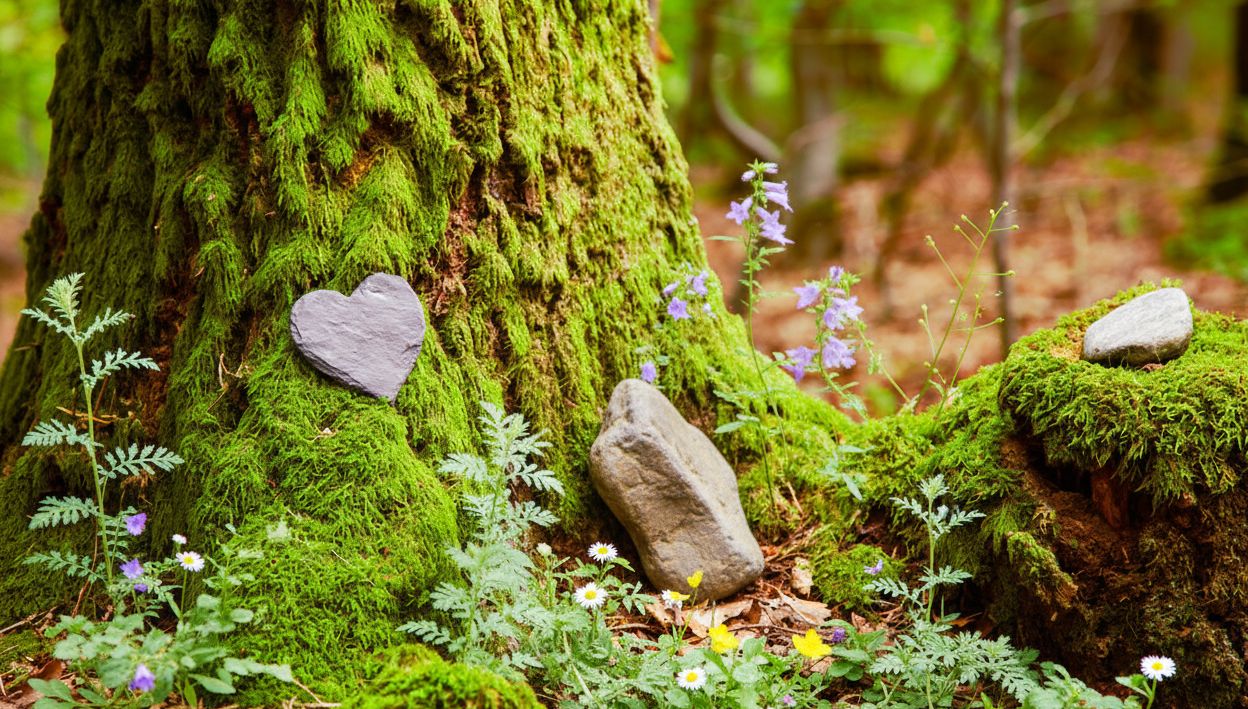Tracing the Roots of Gurung Ethnogenesis
Although many younger Gurungs today are becoming increasingly detached from their historical awareness, the elders still know their history. Tamu Gurung history is a framework of information produced through processes of interpretation by consensus, and transmitted orally. It is a story that extends back in time over numerous generations and is periodized by folklore, legends, lineage, and some sparsely written records preserved or noted by scholars.
Published accounts of Gurung history often describe them as a community with a distinct language, a clan-based social order, and a long association with military service. But a closer examination reveals a densely textured social polity, layered histories of migration, evolving linguistic patterns, and deep genetic lineages that together have molded Gurung identity over many centuries.
The Gurungs, or Tamu, are one of Nepal’s most prominent tribal groups, historically concentrated in Lamjung, Gorkha, Kaski, Manang, Parbat, Syangja, and Mustang across the Gandaki region of Nepal.

Oral Narratives & Genetic Research
Oral traditions, a significant aspect of Gurung traditions, preserve key insights into Gurung origins. Among these, the Pye ta’n Lhu ta’n holds a central place as a corpus of ancestral narratives, genealogical memory, and migratory history. Although rarely written down and traditionally transmitted through ritual specialists, fragments accessible today reveal that these recitations often describe the movement of early Gurung ancestors from northern uplands into the regions they now inhabit. The use of metaphoric phrases such as “from above to below” encodes a collective memory of descent from higher elevations, potentially from the trans-Himalayan or Tibetan plateau zones, into the mid-hills of present-day Nepal.
Scholarly references to Pye ta’n Lhu ta’n, based on field recordings, limited transcription projects, and community knowledge, suggest that these narratives are not linear histories but dense, mnemonic story cycles that combine mythic origin motifs with culturally specific accounts of migration and settlement. Since the tradition remains largely oral and ritually performed, complete versions are not publicly available. Nevertheless, the surviving summaries make it abundantly clear that Gurung historical consciousness has long been articulated through these symbolic and metaphorically layered accounts.
This pursuit of the history of Tamu Gurung migration has yielded compelling evidence, particularly through the work of Tek Bahadur Gurung. Unlike earlier research, which relied primarily on anthropological observation, his study is based on both genetic data and the comparative analysis of oral traditions. This unified approach provides strong evidence that Gurung ancestry shares significant components with Mongolian, Tibetan, and Naxi/Yi populations. This evidence supports the hypothesis that Gurung ancestors migrated into central Nepal via trans-Himalayan highland corridors. Moving from the upper reaches of the Yellow River basin and adjacent regions, they entered the into the mid-hills of the Gandaki and settled there. By positing Gurung ancestry within a “triangular zone” encompassing Kokonor (Qinghai, China), the upper Yellow River, and southwestern China, Tek Bahadur Gurung’s findings provide a detailed empirical data that traces the entire migration pathway of the ancient Gurung people.
Tek Bahadur Gurung’s research also emphasizes the value of oral traditions alongside genetic evidence. By comparing the narrative of Pye ta’n Lhu ta’n with genetic data, his research has been able to find surprising similarities between genealogical fact and ancestral narratives. Together, this evidence throws light upon the complexity of Gurung identity, which, though local, is also influenced by long-distance migrations and multigenerational historical memory.
The proposed migratory timeline is as follows:
- ~8,000 years ago: Ancestral Gurung populations migrate from the upper Yellow River region.
- ~6,000 years ago: Movement through Yunnan, China.
- ~100 BC: Settlement in southern Tibet.
- >2,000 years ago: Arrival and permanent settlement in Nepal’s Gandaki mid-hills.
These findings align with oral traditions to validate a north-to-south migratory trajectory.
Language and Linguistic Identity
The Gurung language is called Tamu Kyi which belongs to the Sino-Tibetan family, specifically the Tibeto-Burman branch. Its tonal system and grammatical structures link it closely to northern Himalayan and Tibetan languages. Historically, it used the Khema script, though modern usage often employs Devanagari or Tibetan scripts. The diversity of dialects across villages which has occurred due to geographic separation also shows how settlement patterns and historical migration affected linguistic variation.
Social Structure and Settlement Patterns
Unraveling Gurung history requires that we carefully consider social structure that have been used to frame their clan hierarchies. Historical impositions of caste-like divisions (e.g., “char jaat” vs. “sora jaat”) are not indigenous structures. Gurung’s follow a clan-based social structure with a village-level governance system that seems to have deep historical roots that predate their settlement in the Gandaki mid-hills. Features such as kinship-based organization and decentralized leadership through figures like the Chima (local chieftain) as well as collective land tenure and resource management are widely observed among Tibeto-Burman and highland Sino-Tibetan populations. Similarly, settlement patterns with villages situated at moderate elevations with access to arable land, grazing pastures, and control over trade routes are strategies used by highland communities. Gurung settlements in central Nepal replicate the continuation of these adaptive strategies. This is indicative that their spatial and economic organization represents both continuity from ancestral highland traditions and innovation in response to the ecological and political realities of the Gandaki hills.

Modern Identity
After establishing settlements in the Gandaki mid-hills, the Gurungs organized their society around clan-based governance. Villages were led by an advisory council known as Kroh. They managed land and mediated disputes, and were responsible for coordinated collective defense during conflicts. Oral traditions hold that certain clans, particularly the Ghale, held elevated status and occasionally assumed regional leadership roles. Although these leaders did not wield central authority over all Gurung settlements, they were able to coordinate with other Klenge (ministers or administrators) and influential clan chiefs.
During the late medieval period, Gurung territories faced several military challenges from expanding neighboring powers like the Khasan and the Shah dynasty of Gorkha. The Ghale leaders in Lamjung and adjacent regions negotiated their authority in relation to these external states. Over time, local governance was largely decentralized but the influence of these small rulers was increasingly restricted. Oral histories describe political struggle, alliances, skirmishes, and tribute arrangements between Gurung clans and nearby rulers.
The unification of Nepal in the 18th century under the Shah monarchy marked a turning point for Gurung political autonomy. The Kroh lost formal sovereignty, and the state’s administrative and military powers permeated traditional Tamu territories. Despite this, Gurungs held on to their clan cohesion and continued to follow traditional governance structures. The Gurungs’ martial reputation led many to serve in the Gurkha regiments of Nepal and abroad.
Contemporary Implications of Historical Research
The ancestral history of the Tamu Gurung people came to be reframed by external powers and state-imposed caste hierarchies. Recent studies which combine oral tradition, early documentation, linguistics, and DNA evidence challenge these frameworks. Evidence of northern Himalayan origin, supported by genetics and migration narratives, shows a trans-Himalayan historical trajectory that predates Hindu caste integration in the region. This reinterpretation has contemporary significance in that it allows the Gurungs to reclaim an identity based on both pre-Hindu social structures and northern migration history, and provides a basis for cultural and political autonomy.
